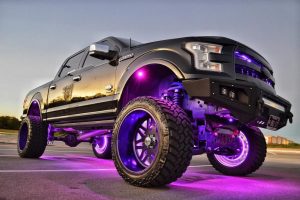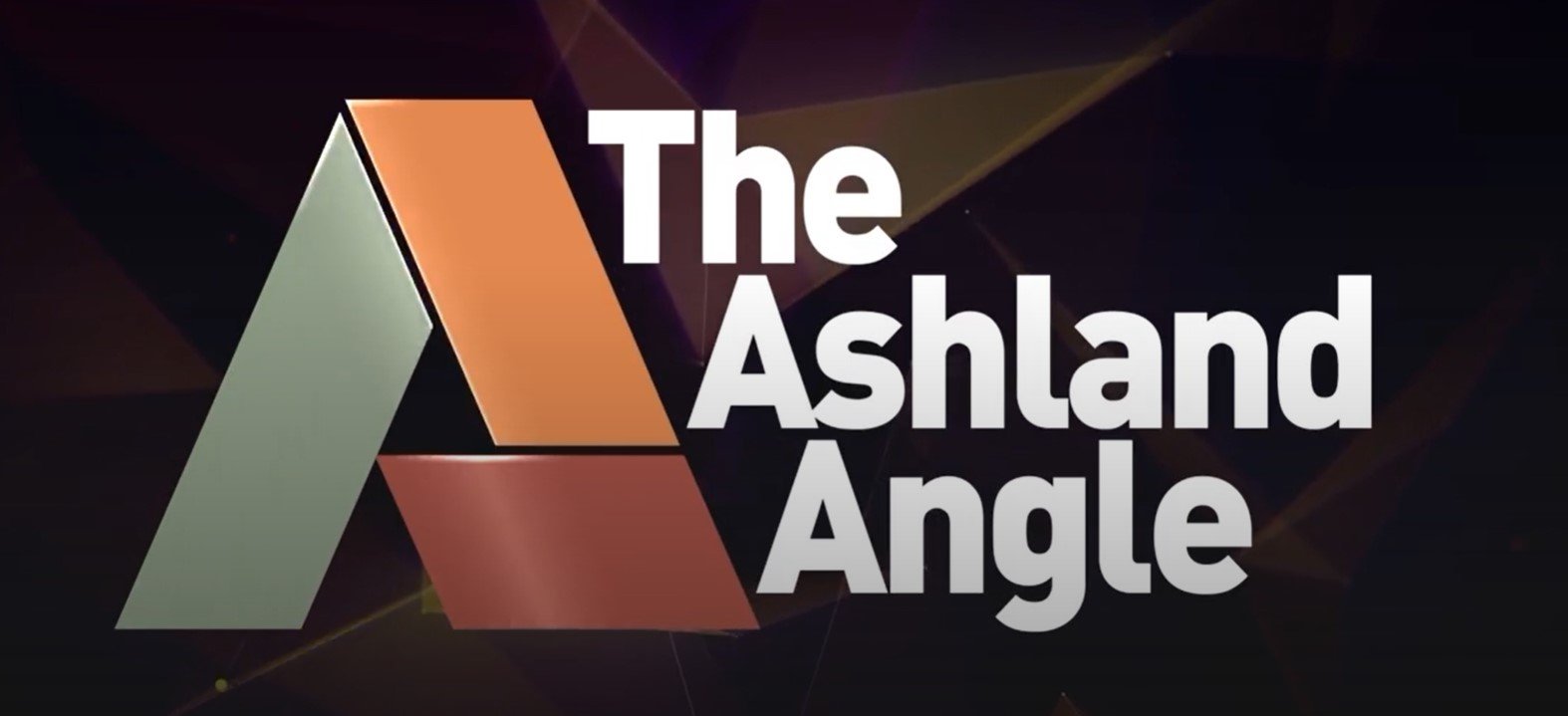Introduction: Understanding the Importance of Commercial Vehicle Lining
The automotive world has been continually evolving to meet the ever-demanding needs of consumers, and commercial vehicles are no exception. Maintaining a commercial vehicle’s integrity and appearance plays a crucial role in ensuring its longevity and performance. One aspect that significantly impacts the durability of a commercial vehicle is its lining. This comprehensive guide will delve into spray-on lining, elucidating every key aspect – from understanding the concept to its various benefits, analyzing top brands, and exploring its composition.
What is Spray-On Lining? An Overview
Spray-on lining is the application of a protective coating on the bed or interior of a commercial vehicle using a spray process. This coating forms a durable layer, safeguarding the vehicle’s surface from damage, corrosion, and wear and tear. Ideal for truck beds, trailers, vans, and utility vehicles, spray-on lining has become the commercial vehicle maintenance solution of choice for many professionals.
Benefits of Spray-On Lining for Commercial Vehicles
The extensive list of spray-on lining advantages includes:
- Durability: It creates a resilient, long-lasting layer, ensuring your vehicle maintains its integrity.
- Corrosion Resistance: Guards your vehicle from rust and corrosion, stemming from exposure to moisture.
- Chemical Resistance: Acts as a barrier against harmful chemicals that may cause damage or staining.
- Impact Resistance: Reduces dents and damages from heavy loads, absorbing shocks and vibrations.
- Aesthetic Appeal: Protects the vehicle’s appearance, maintaining a polished, professional look.
- Customization: Offers flexibility as it can be applied to various surfaces and tailored to match vehicle colors and finishes.
Step-by-Step Guide: The Spray-On Lining Process
The spray-on lining process entails the following steps:
- Preparation: Thoroughly clean the surface, removing contaminants, debris, and grease. Sand the area to create a textured surface for better adhesion.
- Masking: Use masking tape and plastic sheets to cover areas that should not come into contact with the spray-on lining.
- Primer: Apply a primer, if required by the manufacturer, to enhance adhesion and durability.
- Application: Utilizing a professional spray gun, apply the lining with a consistent, even motion. Ensure proper ventilation during this process.
- Curing: Allow the applied lining to cure for the full duration recommended by the manufacturer before using the vehicle.
Top Brands for Spray-On Lining: Features and Comparisons
Identifying the appropriate spray-on lining product to suit your commercial vehicle’s unique requirements can be daunting. Below, we compare a few of the leading industry brands:
- Rhino Linings: Offers materials like TuffGrip, Extreme, and HardLine, Rhino Linings has become a staple in the commercial vehicle world. With a strong reputation for durability and robust protection, it remains a reliable choice.
- Line-X: Renowned for its Impact-resistant and UV-resistant qualities, Line-X is an excellent option for maintaining a commercial vehicle’s pristine appearance. Moreover, it boasts a nationwide lifetime warranty that appeals to many users.
- Speedliner: Designed to provide long-lasting, high-performance protection, Speedliner is recognized for its non-slip grip and strong resistance to chemicals, UV-rays, and stains. Its compatibility with custom topcoats and colorants attracts customers seeking customization.
The Cost of Spray-On Lining
When considering investing in a spray-on lining for your commercial vehicle, note that costs can vary depending upon these factors:
- The brand and type of lining
- The size of the vehicle’s surface area
- Whether you choose a DIY or professional application
- The geographic location of the service provider
You can expect prices to range from $300 to over $1000 based on these variables.
Formulation of Spray-On Linings: What’s it Made Of?
Typically, spray-on lining formulations are composed of the following:
- Polyurethane: Provides flexibility and impact resistance, ensuring durability and protection for the vehicle.
- Polyurea: Offers better physical properties than polyurethane, imparting enhanced toughness and more robust chemical resistance.
- Hybrid: Consists of a blend containing polyurethane and polyurea to balance the characteristics of both materials.
The formulation determines the performance and overall quality of the lining, so it’s vital to choose a reputable brand or professional installer.
Conclusion: Is Spray-On Lining the Right Choice for Your Commercial Vehicle?
Embracing spray-on lining for your commercial vehicle can significantly enhance its longevity, durability, and appearance. Therefore, investing in it may prove rewarding in the long run. This comprehensive guide has equipped you with the understanding and insights needed to make an informed choice when considering spray-on lining. Remember to research and compare spray-on lining brands to find the perfect solution for your commercial vehicle.






